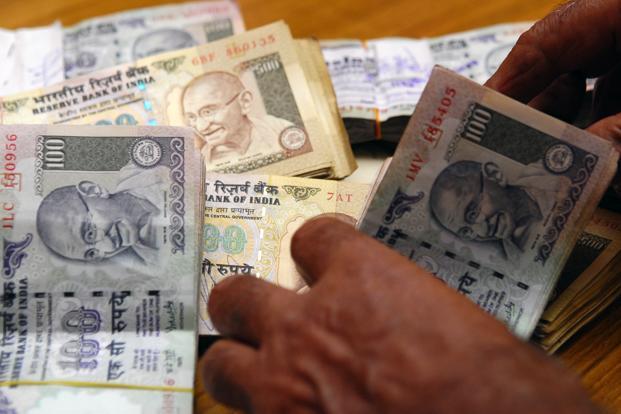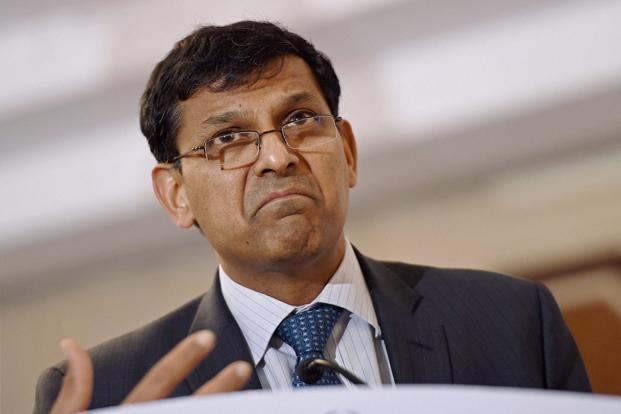In the fiscal year that ended 31 March, credit growth of India’s banking industry dropped to an 18-month low. The microfinance industry, in contrast, saw its loan book grow at the fastest pace and for a few it more than doubled. The scenario has not changed for banks in the past few months; year-on-year credit growth is now 9.8%. There are hardly any takers for loans from the corporate sector; the saving grace has been mortgages and retail loans.
At around Rs.12 trillion, the mortgage market in India is a little less than 10% of the size of its economy even as the overall bank credit market is about 50% of the nation’s gross domestic product or GDP. Indeed, the mortgage market has been growing at a fairly robust pace over the past decade but it is still small compared with other nations. For instance, the Chinese mortgage market is about 20% of its GDP; for the UK and the US, it has been 88% and 81%, respectively, while in Denmark, it is more than the GDP.
It is difficult to pinpoint the exact market share of various entities in the mortgage market as both banks and housing finance companies jostle for space there. Among banks, State Bank of India and ICICI Bank Ltd have the largest market shares, followed by Axis Bank Ltd. India’s oldest mortgage firm Housing Development Finance Corp. Ltd (HDFC) has the largest market share among home finance companies. Other relatively large mortgage financiers are LIC Housing Finance Ltd, Dewan Housing Finance Ltd and Indiabulls Housing Finance Ltd.
Home loans are the safest bet for Indian bankers, as they are backed by securities and the amount of loan is always less than the value of the property. In case of a default, the property can always be seized and sold to recover the money. Also, most banks and non-banks finance the first home purchase of salaried individuals; income verification for such home buyers is not difficult and affordability can be judged transparently. Typically, around 40% of monthly income is used to service the loan in the form of equated monthly instalments. However, within the home loan market, the increasing popularity of loans against property or LAP is causing some discomfort. A few analysts say that LAP is a ticking time bomb.
LAP is the equivalent of home-equity loans internationally. Santanu Chakrabarti, an analyst with ICICI Securities Ltd who tracks non-banking financial companies, says LAP is a growth-driving profitable product for most new companies in the mortgage market. Even the large and established players, according to him, have significant presence in this market, but the non-bank entities are the major players. For a few of them, LAP could be more than 50% of their total mortgage book. Those non-banks who want the refinance facility of National Housing Bank (NHB), the home loan regulator, the exposure to LAP cannot cross 25% of the loan book. Some of the non-banks have stopped taking NHB refinance as they want more LAP in their books.
To be sure, LAP is a secured loan. It takes a residential or a commercial property as collateral; self-employed individuals and professionals are LAP customers. Such loans are typically taken to support business in the form of expansion, diversification, consolidation or even meeting working capital needs. It is also taken for personal use like weddings, education, medical exigencies, repayment of previous loans and debt consolidation. According to rating agency Crisil Ltd, about 75% LAP customers are self-employed individuals doing business, 15% are salaried and the rest self-employed professionals.
The average LAP ticket size is higher than a home loan; its tenure is also shorter than the home loan, with the average being four to five years against 10-11 years for home loans. Typically, the interest rate for LAP is always 4-5 percentage points higher than the home loan rate. Similarly, the loan-instalment-to-income ratio is also higher for LAP—at least 50% against 40% for home loans. Finally, the loan-to-value ratio for LAP is lower—around 60% against 80% for home loans. In other words, a home buyer can get a Rs.80 lakh loan to buy a Rs.1 crore property but for LAP, a Rs.1 crore worth of property will fetch a loan of Rs.60 lakh.
There is nothing illegal about LAP but most credit appraisers are wary of its inherent credit risk. There are reasons for that. A customer willing to borrow at a high rate is most likely to be facing financial stress. Lenders also do not have any control over the end use of the money. LAP is essentially a cash out of primary residential and/or commercial property, often the core asset of a small and medium entrepreneur (SME)—a segment which is under huge stress primarily due to cash flow issues in business following the delay in payments across the supply chain in both manufacturing and servicing sectors. A few banks and housing finance companies have already been hit by frauds in the LAP segment. One such company, based in Maharashtra, has sacked its entire top brass which was overseeing the LAP business.
The biggest risk factor is the fact that some of the LAP customers have been using it as a loan in perpetuity. Riding on the rise in housing prices, they are taking fresh LAP to pay off the existing lender. It’s simple arithmetic. For a Rs.1 crore property, a borrower can raise Rs.60 lakh today and a few months down the line, when the property price goes up to Rs.1.1 crore, they can raise Rs.66 lakh and pay off the first lender. The cycle can go on till the property prices crash. If indeed that happens, most loans will be close to the actual value of the property and in case of defaults, exit will not be easy for the lenders.



